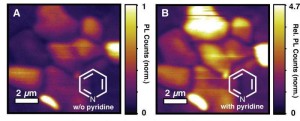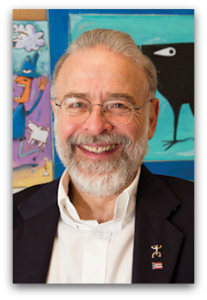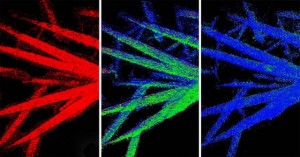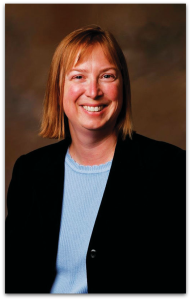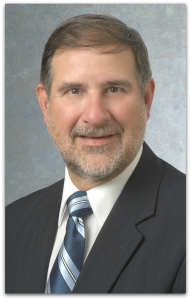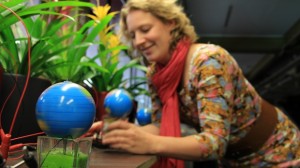
The revolutionary system can harvest energy from living plants for use in isolated villages.
Image: Plant-e
A revolutionary system with the potential to affect global energy harvesting has recently been developed by a company called Plant-e. The system generates electricity from water-logged plants such as rice grown in patty fields to collect and distribute energy to all areas, even desolate villages.
“It’s based on the principle that plants produce more energy than they need,” said Marjolein Helder, co-founder of Plant-e. “The advantage of this system over wind or solar is that it also works at night and when there’s no wind.”
The science behind the Plant-e technology was conceptualized at Wageningen University in 2007, with the company’s establishment happening thereafter in 2009.
Simply find a plant growing in water and the Plant-e system can begin to harvest energy—whether that plant be rice growing in paddies or simply something growing in your garden.
“It’s just the beginning and lots of things still need to be greatly improved, but the potential is enormous,” said Jacqueline Cramer, professor of sustainable innovation at Utrecht University and former Dutch environment minister.


